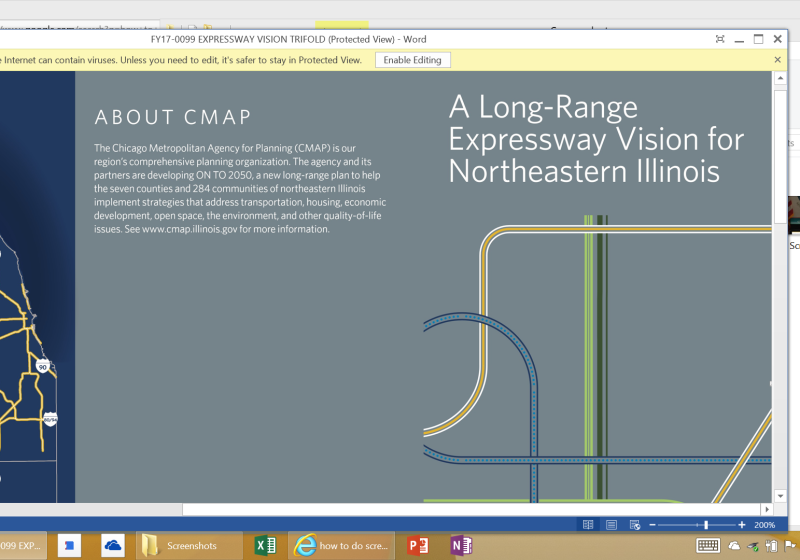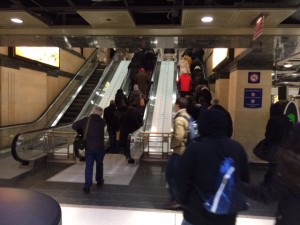Martin Oberman, the former Metra chairman and Chicago alderman, is being highly touted to fill a vacancy on the U.S. Surface Transportation Board, the regulatory agency which has broad oversight of railroads.
The Rail Customer Coalition, an association of trade groups representing major freight rail users, is strongly urging that President Trump nominate Oberman to fill the final post on the five-member STB, a seat which must be filled by a Democrat.
Oberman’s name emerged from a list of at least eight Democrats who were being considered for the nomination.
Oberman, 73, an attorney who built a reputation as a reformer while  on Chicago’s City Council, was named to Metra’s board by Mayor Rahm Emanuel in September 2013. He was elected chairman in 2014, serving until last October when Norm Carlson took over the post.
on Chicago’s City Council, was named to Metra’s board by Mayor Rahm Emanuel in September 2013. He was elected chairman in 2014, serving until last October when Norm Carlson took over the post.
Reached Wednesday by phone — typically as he bicycled home from his law office — Oberman declined to comment on the possible nomination.
The Senate Committee on Commerce, Science and Transportation approved the nominations of two Republicans, Patrick Fuchs and Michelle Schultz, as STB members on April 25.
All the nominations must be confirmed by the full Senate.
The Rail Customer Coalition is comprised of 29 manufacturing, agriculture and energy industry trade groups. In a letter Tuesday to Trump, it said “a fully staffed STB is critical to both the continued growth of the economy as well as furthering…

